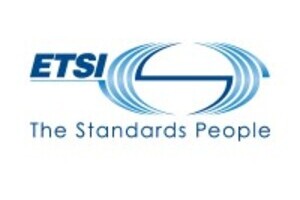Most emergency services can only receive voice telephone calls. With all communication means that citizens now use in their daily life, they expect to use them as well to reach emergency services. To help achieve this goal, ETSI has released a revised version of the specification ETSI TS 103 479. Developed by the technical committee EMTEL (emergency communications), this specification defines next generation core services (NGCS).
These new services allow you to utilise multimedia emergency communication (voice, photos, video, text) to contact the relevant emergency call centre. Depending on different countries, there may be one or more emergency control centres, or public safety answering points (PSAPs). In case there are several control centres, they are networked via packet switched infrastructure or, in standard terms, an emergency services IP network (ESInet) to provide a reliable infrastructure for emergency communications and data sharing in real-time. This will help to improve decision-making and response times during emergencies.
This revision also provides a technical basis for national packet switched infrastructure, giving access to emergency services communications to all citizens. Indeed, it includes the requirement to support Total Conversation (i.e., voice, video and real-time text combined in a single conversation) and Real-time text which can, for instance, help hearing-impaired people. In addition, to achieve a European harmonisation of emergency communications, it is key to choose the right terminology, also included in this new specification.
“The recent publication is an essential foundation for European standardisation of emergency communication. It addresses the technical challenges of multimedia conversations coming from different networks and is thus an important contribution to offer access to emergency services for all. We are pleased to contribute to the continuous improvement of emergency services for all European citizens” says Wolfgang KAMPICHLER, ETSI rapporteur of this specification.
Interoperability at an international level is also very important, and the ETSI technical committee EMTEL, in coordination with NENA, the US national emergency number association, has standardised the designation for namespaces in order to create the basis for a global standard.
Another main technical addition of ETSI TS 103 479 includes a mechanism to update location data directly from the terminal even during an active emergency communication. It allows the routing to the correct emergency control centre based on the location information. This mechanism makes it also possible to manage roaming situations, for instance when you are abroad but connected remotely to your originating service provider (OSP). The latter applies in particular to VoIP or APP service providers.
The ETSI specification enables a standard-compliant integration of different networks with the next generation core services of an ESInet. As the use of mobile communications is constantly increasing, compatibility with 3GPP VoLTE is especially important and allows the use of native communication functions of mobile devices in emergency situations.
Comment on this article below or via Twitter: @VanillaPlus OR @jcvplus






